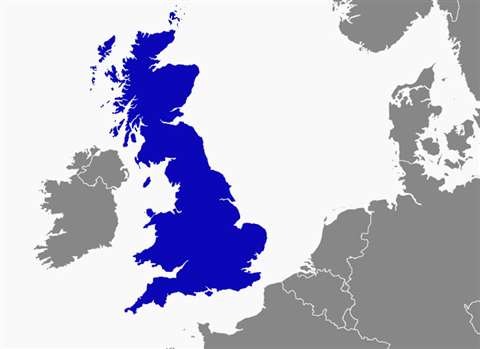‘Fragile’ growth for GB
13 September 2018

Construction output in Great Britain is continuing to recover following a relatively weak start to the year, according to figures from the Office for National Statistics (ONS), but this growth has been described as “fragile”, and new orders were down in the second quarter.
The figures showed an increase of 3.3% in the three months to July 2018. The ONS said that the three-month on three-month growth in July was driven by growth in both repair and maintenance, up 5.3%, and all new work, which increased by 2.3%.
Construction output also grew in the month-on-month series, increasing by 0.5% in July 2018, driven predominantly by a 4.0% increase in new private housing work.
Total construction new orders declined 6.5% in the second quarter of 2018, decreasing for the third consecutive quarter, reaching its lowest level since the first quarter of 2013.
The quarter-on-quarter decrease in construction new orders was driven predominantly by a 17.6% fall in new housing orders, the ONS said. This sector fell to a similar level to the fourth quarter of 2017, following strong growth in the first quarter of this year.
Mark Robinson, CEO of public-sector organisation Scape Group, said, “The construction industry experienced a welcome boost in the three months to July as firms continued to shake off their disappointing start to the year. While the spring bounce back may have occurred late in 2018, it is promising to see that activity on the ground ramped up as soon as the hot weather hit.

“Output increased by a massive £1.34 billion (€1.50 billion), which included a large jump in new work – particularly encouraging given the current macro environment.”
He said, however, that disparities between sector outputs were clear, with private housing continuing to carry the industry in the three months to July, while public housing slipped into decline.
“In order to truly address housing need in the country, we need a collaborative effort between the public and private sectors. It is vital that the government equips local authorities with the funding powers to deliver new homes and that the industry focuses on modern methods of construction to deliver homes efficiently and effectively.”
He added that with only six months to go until the UK’s EU exit date, it was essential that the government did all it could to keep the current optimism going.
“Greater clarity is critical to prevent current confidence waning,” he said, “and quick and bold decisions now on both long- and short-term projects would go some way to continuing this momentum through the remainder of the year.”
Michael Thirkettle, CEO of construction consulting and design agency McBains, said, “Underlying growth remains fragile however, and the real test will be if this can be sustained in the months to come, given the uncertainty over issues like Brexit that have impacted on UK companies’ commitment to new projects over the last two years.
“In particular, separate figures published by the ONS recently show the lowest level of net migration from the EU since 2012, which has again raised concerns as to how construction will cope with a reduction of a skilled labour supply from the EU post-Brexit. If sustained growth is to be realised, then the industry will need the workforce with the right skills, but this is far from clear at present.”




